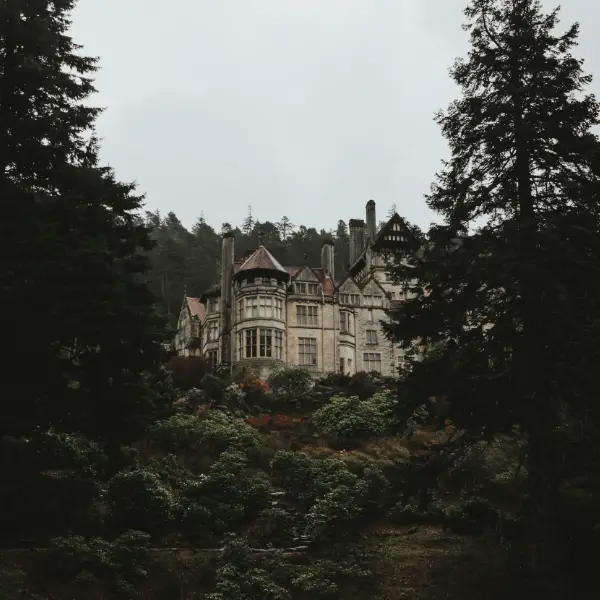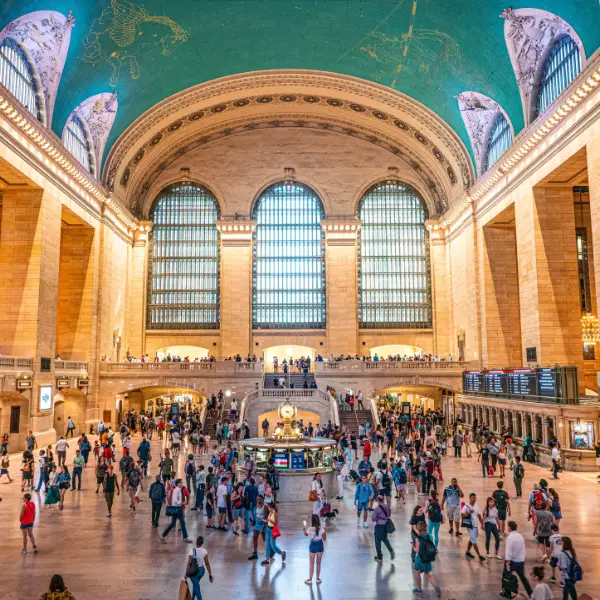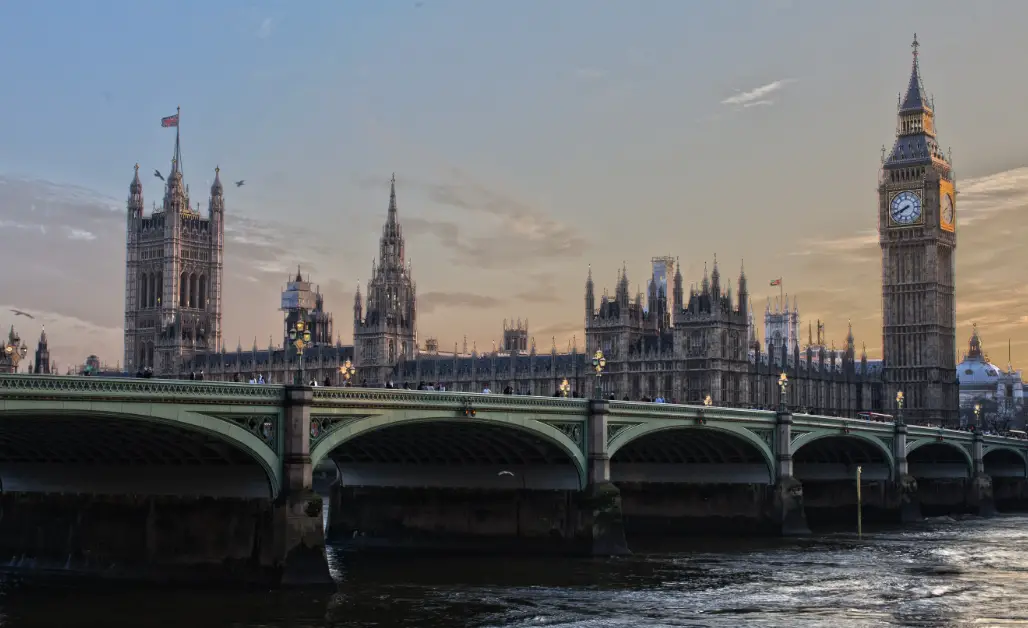Features of Victorian architecture – Everything you need to know
There are many distinct features of Victorian architecture, especially if you know exactly what to look for in a building.
Victorian architecture is much more complex and distinct to its Georgian counterpart but is as prominent across towns and cities in the UK.
The Victorian era was a time of great change and innovation in many areas, including architecture. The widespread popularity of Victorian architecture had a significant impact on the architectural landscape, shaping the design of buildings for generations to come.
This guide will provide you with a full overview of the distinct features of Victorian architecture plus some examples of famous Victorian buildings.
- So what is Victorian architecture?
- Features of Victorian architecture
- Victorian building materials – technology advances
- Features of Victorian architecture- Key influences
- Features of Victorian architecture – The legacy
- Preservation of Victorian architecture
- Features of Victorian architecture – Amazing examples
So what is Victorian architecture?
Victorian architecture refers to the architectural style that was prevalent during the reign of Queen Victoria of England from 1837 to 1901.
This style of architecture is characterised by ornate and elaborate designs, decorative trim and moulding, and a mix of different architectural styles from different historical periods.

Victorian architecture became popular during the industrial revolution when new construction techniques and materials allowed for larger and more elaborate buildings to be built.
This style was used for both residential and commercial buildings and became the dominant style of architecture in many parts of the world, including the United States, Australia, and Canada.
Features of Victorian architecture
In comparison to the Georgians, Victorian architecture has a much more expressive feel. This a sign of the times as building techniques and society changed in many areas. If you’d like to learn about the features of Georgian architecture, check our full guide.
Victorian buildings tend to have much more elaborate shapes than the rectangle nature of Georgian buildings. Intricate details and stained glass influenced by earlier medieval styles give Victorian architecture a much more atmospheric and foreboding feel than other architectural styles.

- Use of Ornamentation: Decorative trim and moulding were extensively used during the Victorian period. Buildings were often adorned with intricate patterns, carved wooden ornaments, and other decorative elements that added visual interest to the structure.
- Complex rooflines and towers: The Victorians loved their complex rooflines and towers. These structures often featured steep gables, turrets, and other ornate details that added visual interest to the building’s facade. This was a sharp contrast to the symmetrical style of the Georgian period.
- Decorative ironwork and stained glass: Victorian buildings also often featured elaborate ironwork and stained glass, which were used to create striking visual elements and add to the overall decorative effect of the building.
- Use of Colour: Bright and bold colours were often used for trim and accents, which were painted in vibrant shades of red, green, blue, and other colours. These details helped to create a visually striking appearance.
Victorian building materials – technology advances
The Victorian era also saw the widespread use of new materials and techniques in construction, such as the use of prefabricated building components and standardised construction methods. These innovations helped to streamline the construction process and allowed for bigger buildings to be built in a shorter period of time.
Thanks to advances in technology cast iron and steel became more prominent in construction. These materials allowed for larger and more complex structures to be built, and they became an important part of the Victorian architectural landscape.
Victorian buildings also often featured ornate facades made of materials like stone, brick, and wood. These materials were often used to create intricate designs and elaborate details that added to the overall visual appeal of the building.

Features of Victorian architecture- Key influences
Victorian architecture takes influence from a number of different periods, which result in a unique blend of styles, which are highly distinctive to the Victorian era.
The Gothic Revival was a significant influence, which was based on mediaeval Gothic architecture, featuring pointed arches, elaborate stone carvings, and other ornate details.
The Renaissance Revival was another style that had a significant influence on Victorian architecture. This style was based on classical Renaissance architecture and featured elements like rounded arches, columns, and pediments. Many Victorian buildings incorporated elements of the Renaissance Revival into their designs, creating a unique blend of different architectural styles.
The other big influence on features of Victorian architecture was the Queen Anne style, which was a distinct sub-style of Victorian architecture that was popular during the late 19th century.
This style was characterised by its use of irregular shapes, asymmetrical facades, and decorative elements like towers, gables, and stained glass.
Many Victorian homes were designed in this style, and it remains one of the most recognisable styles of Victorian architecture.
In addition to these major styles, Victorian architecture also incorporated elements from other styles, including the Baroque, Rococo, and Neoclassical styles. This combination of different styles created a unique blend of architectural elements that helped to define the Victorian architectural style.
Features of Victorian architecture – The legacy
The Victorian era has shaped the face of modern towns and cities thanks to the huge number of buildings which are still occupied to this very day.

The ornate designs and elaborate details of Victorian architecture continue to be an important part of the architectural heritage of many countries, and the style remains a popular choice for many building designs.
Aside from the aesthetic details, Victorian architecture had a significant impact on urban design. Many new cities were built and existing cities were expanded. From the elaborately decorated homes and public buildings to the parks and public spaces, Victorian architecture helped to create vibrant and thriving cities that continue to be enjoyed by people around the world.
It represents a time of growth, progress, and optimism, and its legacy continues to be an important part of the architectural and cultural heritage of many countries.
Preservation of Victorian architecture
Many people still live in Victorian buildings today and unfortunately many are in need of some TLC. Old buildings come with their own headaches and troubles but also add a great deal of cultural and historical value to our towns and cities.
Thankfully, there are many efforts underway to conserve and preserve Victorian architecture. From local preservation societies to national campaigns.
This Kinda Old House are also here to help, we have a full range of articles and guides on how to treat common problems that you will find in old houses such as damp. Or if you are in need of some renovation inspiration we also have a whole range of guides for adding some new magic to your Victorian property.
Features of Victorian architecture – Amazing examples
There are numerous examples of beautiful Victorian architecture that we encounter every day in our own towns and cities. Hopefully, after reading this guide you will now be able to spot some of the key features in your area.
- Palace of Westminster, London: This iconic building is a great example of the Gothic influence on Victorian design. Its elaborate towers each with many intricate details make it one of the most recognisable buildings in the world.
- Royal Albert Hall, London: Another famous example of Victorian architecture is the Royal Albert Hall in London. It was originally built in the late 19th century and is a prime example of Italianate architecture. The grand facade and beautifully adorned interior make it a popular destination for concertgoers and tourists alike.
- Royal Exchange, London: This impressive merchant hall was again built in the 19th century and was originally used as a trading hall for merchants. It is a fine example of classical architecture, with its grand columns and large open spaces. Today, the Royal Exchange is home to a number of high-end shops and restaurants.
- Grand Central Terminal, New York City: This iconic building was completed in 1913 and is considered one of the finest examples of Victorian architecture in the United States. The Grand Central Terminal is a marvel of engineering, with its vast central concourse and intricate ceiling, which is adorned with a mural of the stars and constellations. The terminal is still an active transportation hub, serving as a gateway to New York City for millions of visitors each year.
Victorian architecture is a rich and complex architectural style that has left a real legacy on towns and cities across the world.
The style is characterised by its ornate designs, decorative elements, and use of different architectural styles from different historical periods.
If you are the lucky owner of a charming Victorian home and would like more tips on how to maintain it, check out our full range of guides.



Leave a Reply